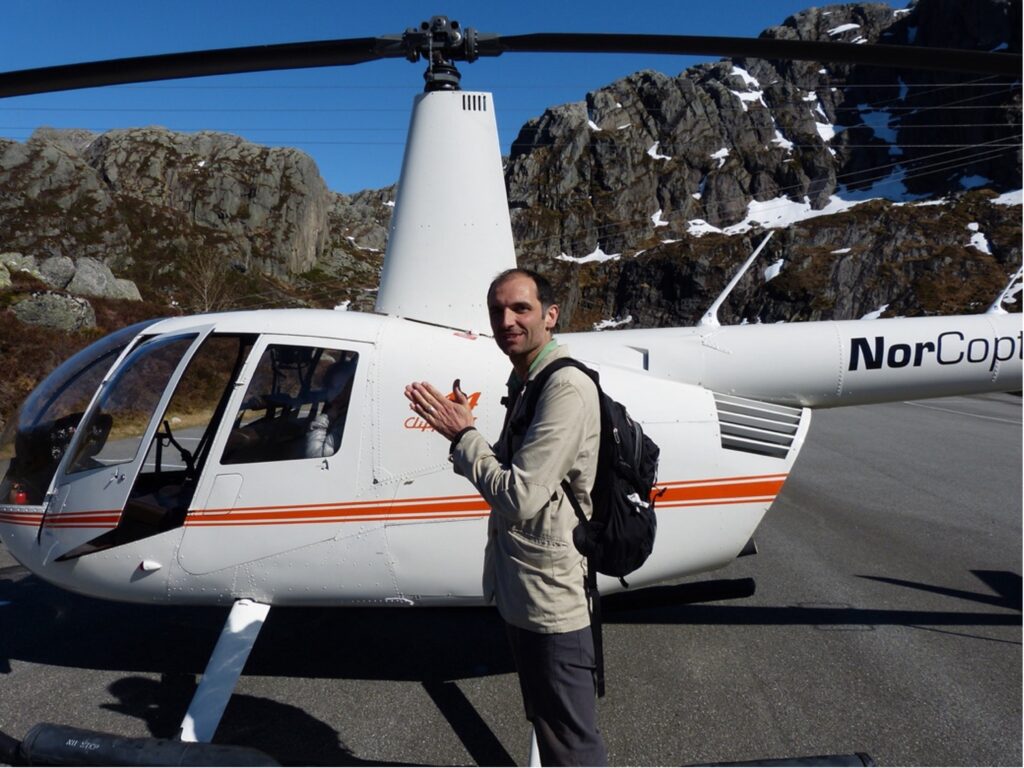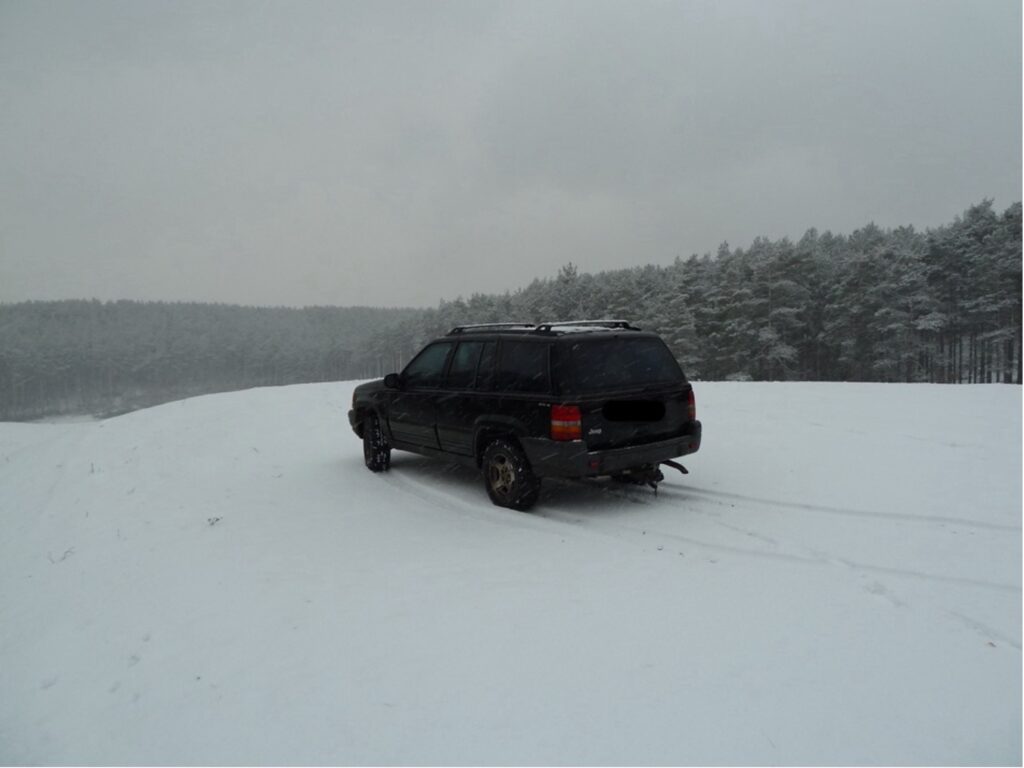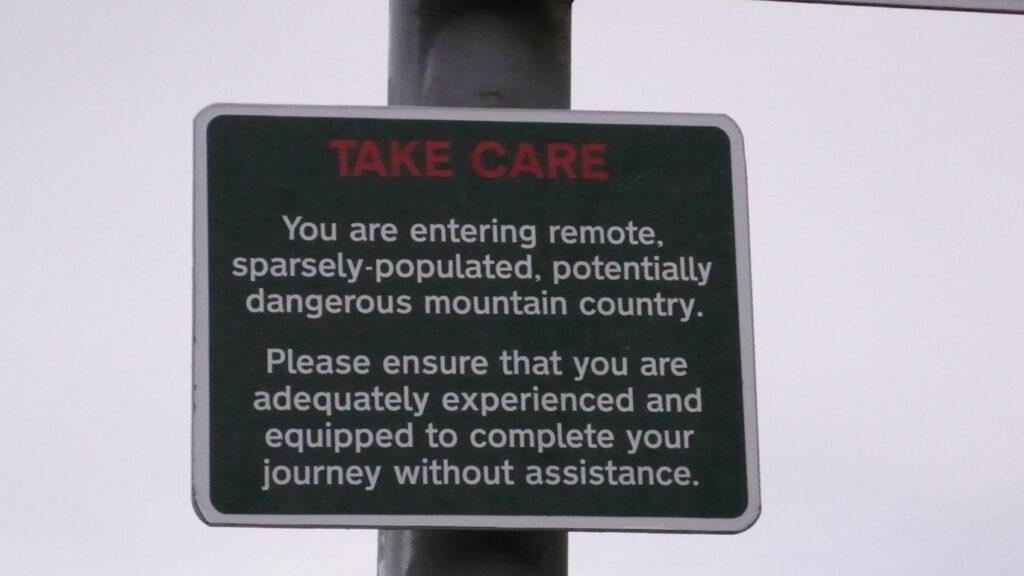AKA ‘Tea, Toilets, Tents, and Tantrums.’

Straight off, I have to attribute the quote above: Nick Daubeny, Supervising/Location Manager par excellence and winner of the Michael Balcon BAFTA for Outstanding British Contribution to Cinema Award. He knows what he is talking about, and when I worked for him on Band of Brothers he passed this on to me by means of the instant checklist of what it is that we in the Location Department – a Band of Brothers and Sisters in itself – that broadly defines the way in which we interact with the other departments, our responsibilities, and how we maintain peace and harmony.
Firstly, let me briefly explain who I am, then you can better decide whether to listen to what (I think) I know about Zen and the Art of Location Management…
The location manager
Alex Gladstone. I started work on films in 1995, carrying crane weights up 5 flights of stairs – the first two of which later became ‘The Spice Girls Staircase’ in the St Pancras Chambers Hotel then as a (servant) PA to a pop video director – I quit when I bought ‘the wrong sort of croissant’ and had to drive back from St John’s Wood to Portobello road to get the right sort, crashing my car on the way as I was so blind with rage and sleep deprivation – then as a Production Office runner who was introduced by one of the Locations team to Kevin de La Noy, at that time a Location Manager looking for an assistant on ‘Black Beauty’ – not the black and white version, I’m not THAT old – and then Braveheart… After Mel Gibson, I’ve worked variously with Directors from Spielberg to Tony and Ridley Scott, Stephen Frears to Danny Boyle, by way of Alfonso Cuaron, and Terence Malick.
The departments
Enough about me when this is supposed to be about them – and for the Location Department, that does mean all of them… Catering to Crowd Casting, Accounts to Assistant Directors, DOP’s to Designers, PAs to Producers… and at the outset, it’s the Producers and Designers that we need to take care of. Either through prior projects, an interview or an introduction, you’ll need a Producer to hire you. From the get-go – and that can often be an interview – you will need to instil confidence that you are the right person for their project, so do your homework and find out if you have common ground – who might you both have worked with and what can you learn from them that helps you to start off on a strong footing. Don’t be afraid to reference things they have made that you enjoyed, or that have done well, and find out what they have worked on recently as well as everything that you can about the job you are now being considered for. You will need to be confident in their ability to deliver whatever the new project is, so while you want to be offered the job, keep thinking about whether you want to take it. At this stage, a good Producer is ‘casting the crew’, and mixing together the very best HOD’s that they can for their particular show – how is that chemistry?
At this point, it is not unusual to be one of the very first people hired – I have been employee 001 on the payroll in the past – and your stock is high at this point and your opinion extremely valuable… as we all know, being Locations we will only slip down the hierarchy rapidly from this point on and soon be in a hi-viz managing a car park… so help with suggestions for other departmental heads, you’ve been hired for what you know, and what you can do, and it will be helpful to all concerned to know which AD’s can lead a happy crew without the ranting, and who the best Supervising Art Directors are currently available that can balance the creative with the practical. This ‘casting of the crew’ can help enormously in maintaining peace and harmony through a project – and of increased significance in these days of the sequel or series where projects can run for years as opposed to months.
The production designer, and getting in the car

For a while now, you will necessarily be leaning more into the creative side than the practical yourself – or it needs to be presented in that way. You are in a car, or van, with the Designer, and very soon afterwards the Director and DOP. If they don’t already have a vision, they will be rapidly developing one, and our job is to help with that. READ AND KNOW THE SCRIPT – what era are we in? What is/is not appropriate to the various characters, the big-ticket locations, and the sets/scenes? Even if it’s not entirely relevant, it can be a fun and privileged position to be with some extremely talented, smart and interesting people as you build a skeleton for the rest of the project to grow from. If they ask you who you think might be good for a certain role, or what song might be playing at a certain point in the story, they can either hear what you think, or you can tell them that you are basically just their driver for the day. Listen to them, and use their reference, often from other films… know your Casablanca, Lawrence of Arabia and Bladerunner, add a working knowledge of what is current to these classics.
Zen and the art
While you are taking beautiful photos that match the story that you are telling with one hand, and driving very carefully with the other… be sure to help this group – Designer, then Director and DOP – with their daily practicalities, as they are paid a lot of money to be concentrating on thinking very creatively at this point in particular. Make sure their travel is covered and simple for them, carry and/or provide food and water, build in coffee stops and suss out any foibles… do they love Haribo? Or bananas? Have nut allergies? Smoke, but never have a light? Need Tabasco with EVERYTHING? (Even Ridley Scott and his Coca Cola).
They may ask for ‘something that has never been seen before,’ they may explain that they are ‘enemies of bureaucracy’ whilst asking you to get permission to hang Heath Ledger underneath Blackfriars Bridge and all the while representing the hard-to-take-seriously ‘Poo Poo Pictures’ because the Director thought that it was a funny name for a company (Terry Gilliam, I salute you, sort of). The balance is to ensure that while you work this, you are also keeping the Producers (and Accountants) informed and staying in line with their budget as well as expectations of how locations can be managed logistically – will you get permission to shoot what is scripted there, get the crew and equipment there, both on time and on budget? When I was fired from a TV show, it was in large part due to aligning myself too closely with the Designer and Art Department, and not closely enough with the Producer and Production Office. (As well as the fact that the Producer was a dinosaur).
Tech recces, then shoot

All the other departments roll out from this stage, and if the word is that you have done a good job so far, you have given yourself every chance to keep the rest of the crew calm and peaceful as they come on board. Your role will rapidly become less creative, and considerably more practical and logistical, and there will be large numbers of crew, cast and crowd all looking to you for guidance and leadership – what is the plan? Where do we need to be, and when, and what do I need to think about when I get there? Use your Movement Order – call it a ‘Battle Plan’ or similar and issue it as a separate document, going around the crew with it in advance of heading to that location so that you can explain the lie of the land and the strategy for approaching it so that they can help define and refine that plan and prepare in advance. Remember at all times that there are very few people within the whole crew who are working directly with the real world. The film is by definition unreal – and our job is to synchronise the two. The production may be paying you, but we have not been successful in our aims if the location and the people who live and work with you aren’t happy to see you on the current or future projects.
With one foot in the real world, and the other in the film world, you can best mesh the two together – lighting rigs, stunts and special effects are all likely to impact the everyday world, along with the long and unusual hours that we are used to working. Time is money, and the fact that we will selfishly take over car parks and covered spaces for servicing our work needs to be compensated for both financially, but also with positive PR – local liaison and interaction by means of letter-drops, meetings, signs, local press, payments to the Christmas decoration best-kept village, staff party, or fireworks night fund. All HOD’s need to be clear about what they require, and realistic in helping us to achieve it, in order for the jugglers to keep the balls aloft. After all, they are arms, not magic wands.
We work long hours in extreme conditions and harsh environments. Put the tea, coffee, food, and toilets in place, organise the tents (logistical back-up that allows the crew to work safely and efficiently), maintain clear channels of communication and by following these steps, any tantrums can be prevented. Whether you will find yourselves calmly and peacefully making something worthwhile however is a different act of alchemy altogether, and one that is entirely beyond the Location Departments’ control!

Alex Gladstone (October 2023)
All images courtesy of Alex Gladstone
